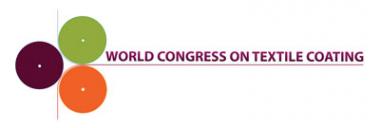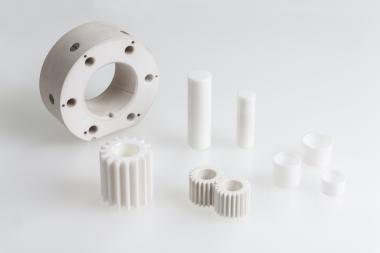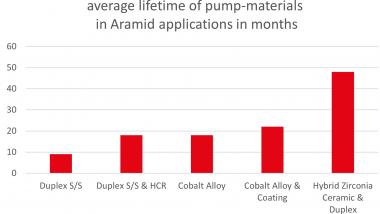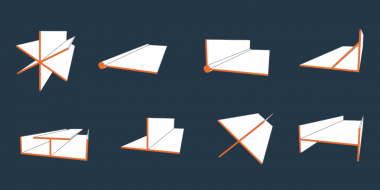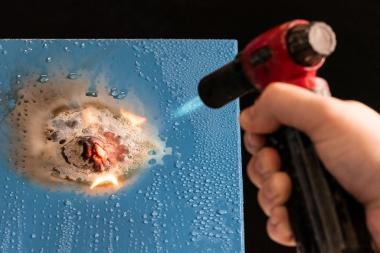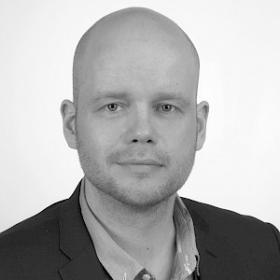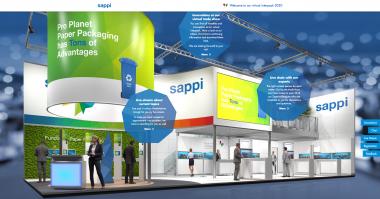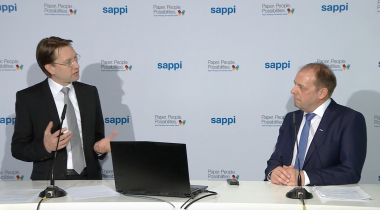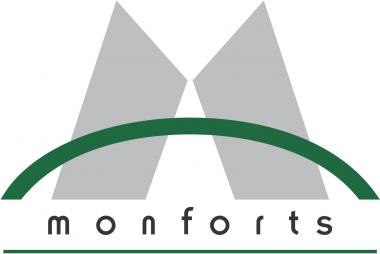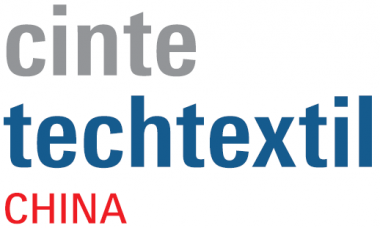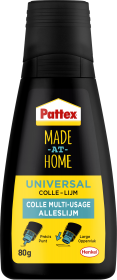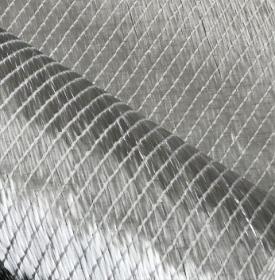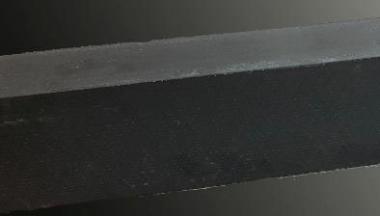The first online World Congress on Textile Coating
- World Congress on Textile Coating, to take place on 11-12 & 18-19 February 2021.
The conference organisers have developed a well-structured programme of five sessions over four days with live discussion forums following each session for maximum attendee participation.
“The programme aims to be inspiring and informative, and will showcase the best innovations and collaborative actions in the industry. Functionality can be added to textiles and nonwovens at the beginning or the end of the supply chain, with an increasing range of raw materials, offering many options when designing and realizing a high-performance fabric. At the other end, there are many ways, such as applying a coating, to add functionality to an otherwise finished product. For example, the current pandemic has prompted new commercial anti-viral processes and four such presentations will outline the impact on industry and its response to the global pandemic,” says Dr Nick Butler, head of the conference organising committee.
World Congress on Textile Coating will feature time dedicated to networking, encouraging attendees to interact with conference speakers and industry peers throughout the online programme, offering the opportunity to expand professional networks. All the presentations and discussion forums will be recorded for post-event viewing. Event sponsors imogo AB, Lamberti SpA, JX Nippon ANCI and Weitmann & Konrad GmbH & Co. KG will give individual presentations and host Q&A during the four days of the event.
For the full programme, speakers and abstracts please visit https://www.technical-textiles.online/WCTC.
AWOL Media


